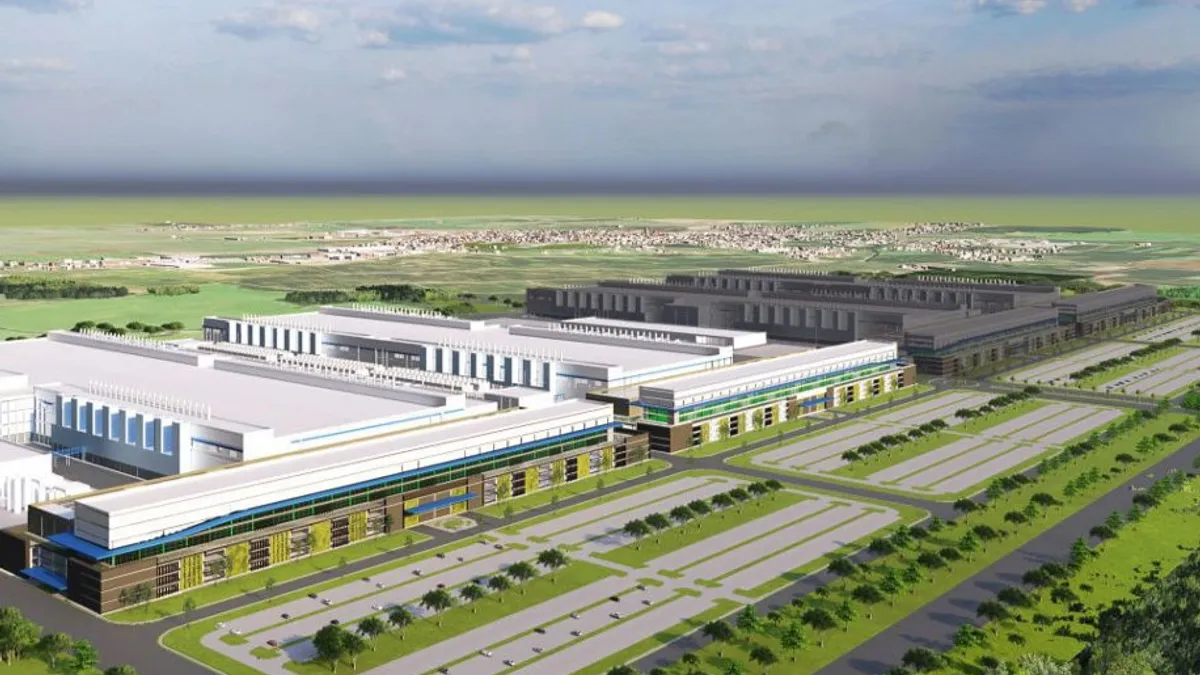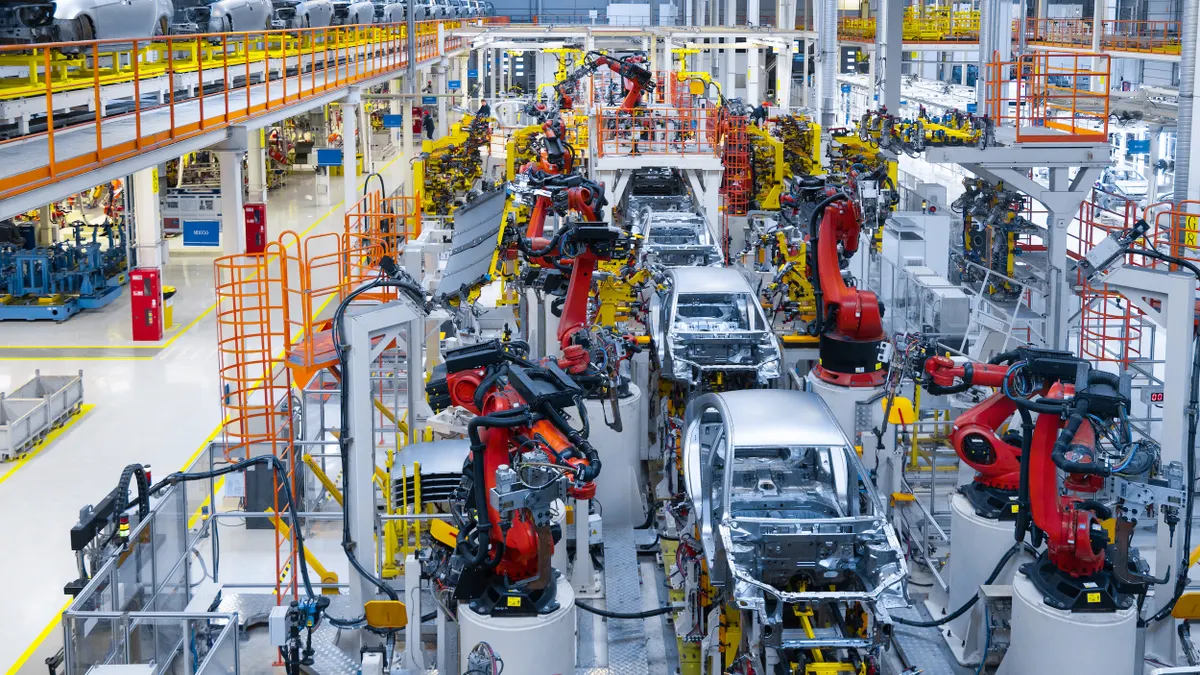Dive Brief:
- Micron Technology's revenue surged 93% year over year in Q4 to $7.4 billion, as the semiconductor maker benefits from a rise in artificial intelligence chip demand, according to the company's Q4 earnings report.
- The chip manufacturer is ramping production of its most advanced technology nodes to keep up with both DRAM and NAND memory chip demand, including with ongoing construction of fabrication plants in Idaho and New York.
- "As we move through calendar 2025, we expect a broadening of demand drivers, complementing strong demand in the data center," Micron Technology President and CEO Sanjay Mehrotra said during a Q4 earnings call last week. "We are making investments to support AI-driven demand and our manufacturing network is well positioned to execute on these opportunities."
Dive Insight:
Micron is riding the wave of AI chip demand, with 2024 revenue hitting $25.1 billion, a 62% YoY spike. Now, it's focused on turning that demand into sustained production capacity.
The company continues to progress with its $100 billion project in Clay, New York, as well as a $25 billion memory chip fab in Boise, Idaho, as it expands production capacity across the globe. It also received $6.14 billion in April under the CHIPS and Science Act towards both projects.
The company is acquiring a liquid crystal display panel factory in Taiwan that will be converted to enable DRAM production testing, Mehrotra said on the call.
As the company expands its manufacturing network, the CEO noted it’s trying to do so in a “capital efficient manner” to balance demand with current supply and operating expenses. Micron's operating expenses were up 11% YoY to $4 billion, due in large part to increased research and development investments and a reinstatement of employee incentive compensation.
The company's revenue turnaround is welcome news after it struggled financially in recent years. Micron cut workers and froze executive pay in December 2022 as it faced low profitability and bloated inventory levels.
Two years later, the company is back on top. It spent $8.1 billion on capital expenses this fiscal year and is planning to scale manufacturing for leading-edge nodes to keep up with demand.
In the meantime, Micron is working to balance supply and demand by leveraging its current inventories to "bridge us to when our production on our tech node transitions ramp," EVP and CFO Mark Murphy said on the call.
Like other chipmakers, Micron is betting big on AI demand trends for data centers, smartphones and PCs, all of which will need a growing number of leading-edge chips to power them.
"The opportunity is tremendous and we see healthy demand supply balance and a constructive environment for our financial performance in fiscal 2025," Mehrotra said.












